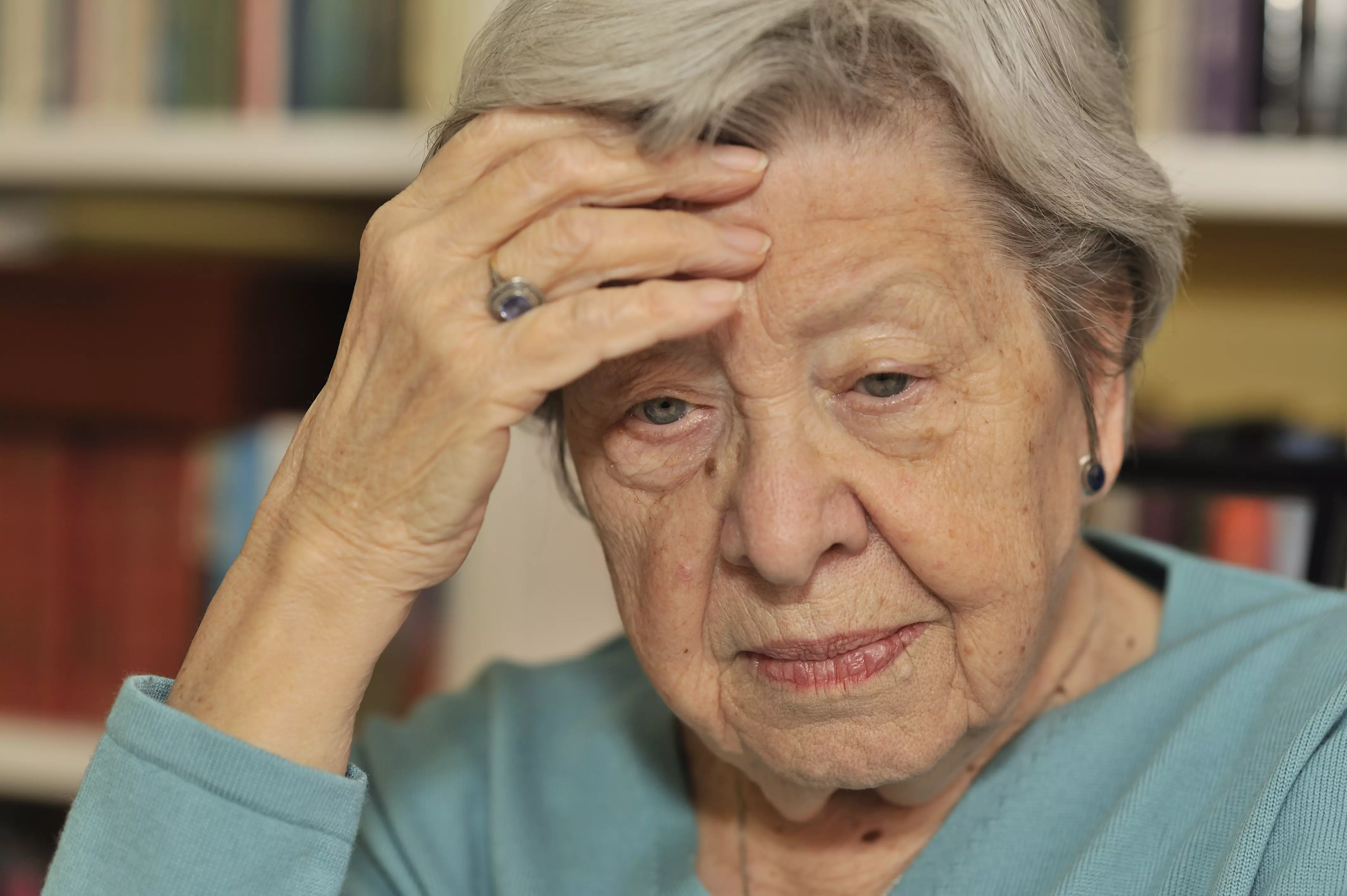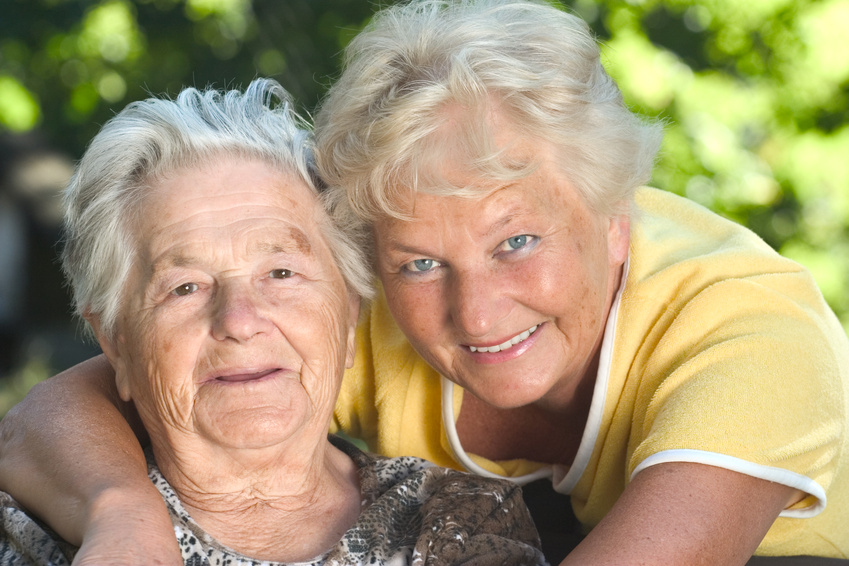
Cervical stenosis, a condition prevalent in the elderly, demands attention due to its impact on the spinal canal in the neck. Understanding the causes, recognising symptoms, and exploring treatment options are essential aspects of managing this condition in the ageing population.
Causes of Cervical Stenosis:
Cervical stenosis typically results from the natural ageing process. Over time, the spinal canal narrows due to the thickening of ligaments, the formation of bone spurs, and the gradual wear and tear of intervertebral discs. These changes contribute to compression of the spinal cord and nerves, leading to the symptoms associated with cervical stenosis.
Symptoms:
The manifestation of symptoms can vary, but common indicators of cervical stenosis in the elderly include:
- Neck pain or stiffness
- Weakness in the arms or legs
- Numbness or tingling in the extremities
- Difficulty walking or maintaining balance
It's crucial to note that symptoms may progress gradually, and individuals might not experience noticeable discomfort until the condition has advanced.
Diagnosis:
Accurate diagnosis of cervical stenosis involves a comprehensive evaluation by healthcare professionals. This may include a thorough medical history review, physical examination, and imaging studies such as X-rays, CT scans, or MRI scans. These diagnostic tools help assess the extent of spinal canal narrowing and guide the development of an appropriate treatment plan.
Treatment options:
The range of treatment options for cervical stenosis in the elderly encompasses both conservative and surgical approaches, depending on the severity of the condition.
-
Conservative treatments:
- Physical therapy: Tailored exercises can improve flexibility, strengthen muscles, and alleviate symptoms.
- Medications: Pain relievers or anti-inflammatory drugs may be prescribed to manage discomfort.
- Assistive devices: Supports such as braces or canes can provide stability and aid in mobility.
-
Surgical interventions:
- Decompression surgery: In cases of severe compression, surgical procedures such as laminectomy or laminoplasty may be recommended to create space for the spinal cord.
- Fusion surgery: In instances where stability is compromised, spinal fusion may be performed to join vertebrae and enhance stability.
Cervical stenosis poses unique challenges for the elderly, affecting their mobility and overall quality of life. Early diagnosis and a tailored treatment approach are pivotal in managing this condition. By understanding the causes, recognising symptoms, and exploring a range of treatment options, healthcare professionals can collaborate with elderly individuals to optimise their cervical health and provide a path towards a more comfortable and active lifestyle.
At Nursing Home Plus, we're dedicated to helping you find the perfect care home or facility tailored to your unique needs. Whether you're looking for a comfortable place for yourself or a loved one, our team is here to guide you every step of the way. Don't hesitate to reach out call us today at 0230 608 0055 or fill out our online form to get started. Your peace of mind is just a call away!
Do you need a nursing home for yourself or your loved one?
Share this article :
Latest posts
You are looking for an establishment for your loved one ?
Get availability & prices
Fill in this form and receive
all the essential information
We would like to inform you of the existence of the opposition list for telephone canvassing.





.jpg)



